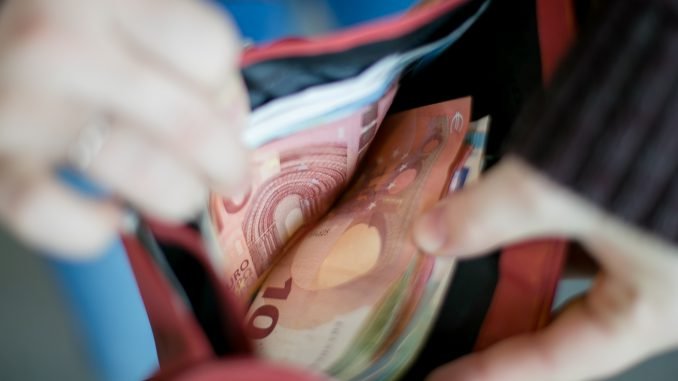
Growth last year was mostly driven by household consumption as retail trade increased by 6.9%, with acceleration towards the end of the year. It is likely that investments picked up as well and inventories no longer contributed negatively to GDP growth in the last quarter of 2016. Exports of goods were negatively affected by bad harvests and thus shrinking exports of grain and oil seeds. However, exports of goods could have recovered towards the end of last year as indicated by stronger manufacturing performance. Exports of services surprised on the upside last year, expanding by 12% over 11 months of last year (in nominal terms), compared to the same period a year ago.
At the end of last year the seasonally adjusted economic sentiment indicator reached the highest level since the start of 2008. Economic sentiment improved further in January with largest increases in industry and construction confidence. Retail trade confidence continued to worsen and was significantly lower than a year ago. Household’s optimism, which increased after the parliamentary election in October, has returned to normal – in January consumer confidence was at the same level as a year ago.
Outlook: stronger growth ahead
We expect economic growth to accelerate to 2.8% this year, before easing to 2.5% in 2018. Even though growth in exports and investments is expected to pick up this year, household consumption will remain the main driver of growth. However, growth in household consumption will ease as real wage bill growth subsides. Investment growth will strengthen thanks mainly to rising public investments, but also due to faster distribution of EU funds.

Be the first to comment